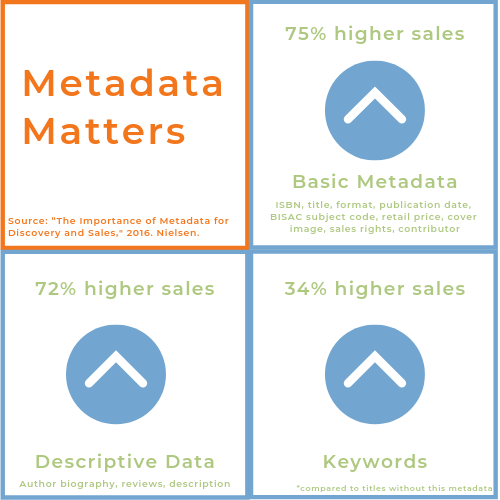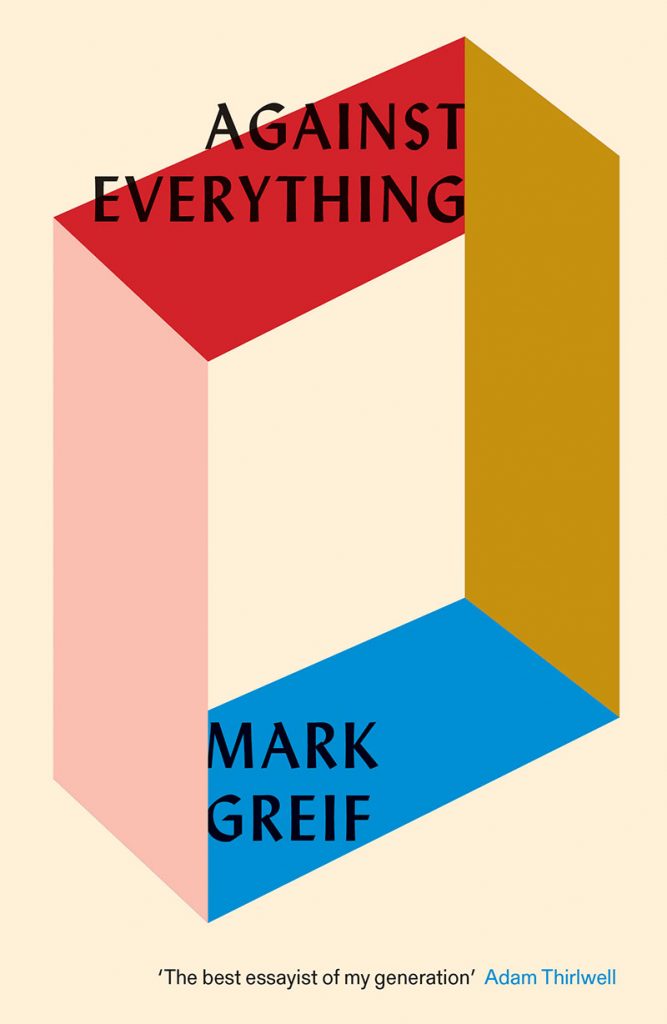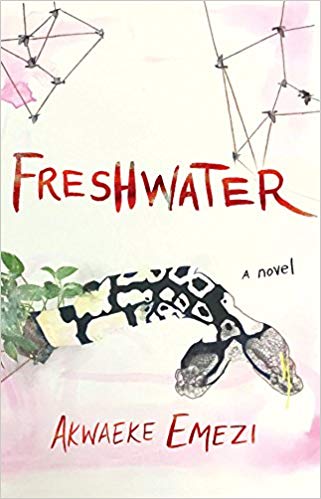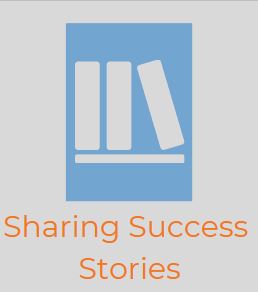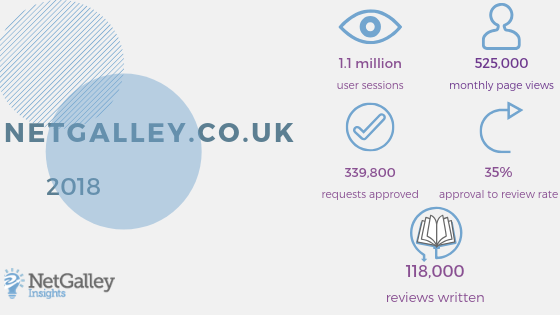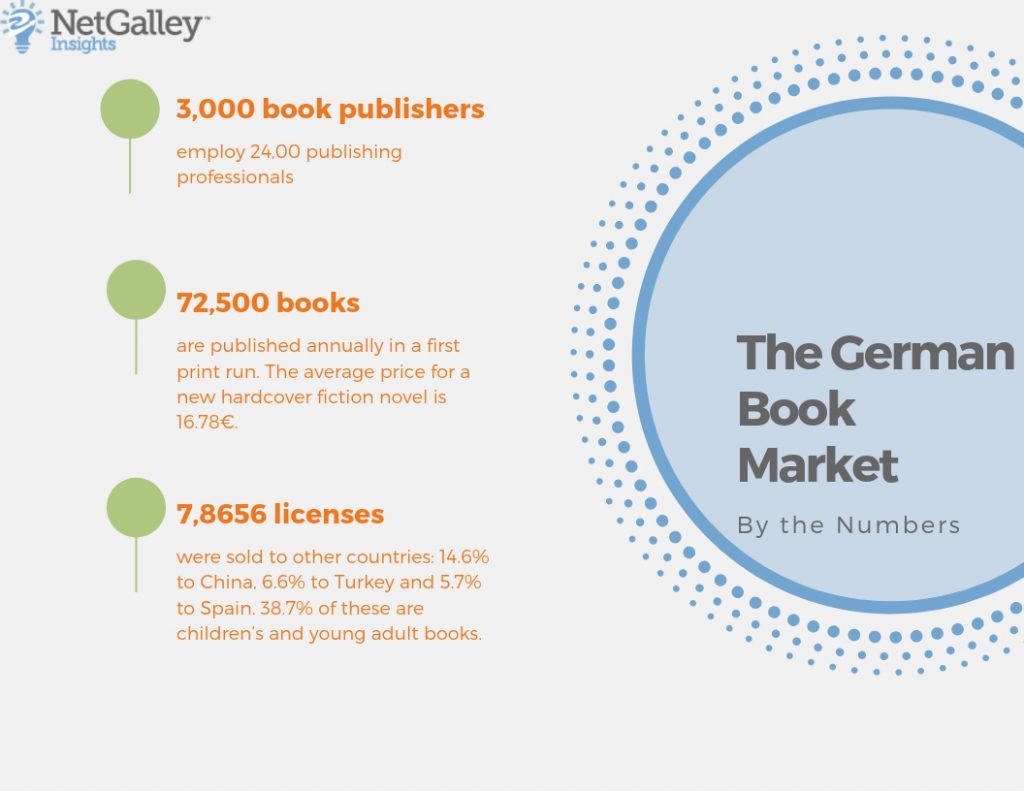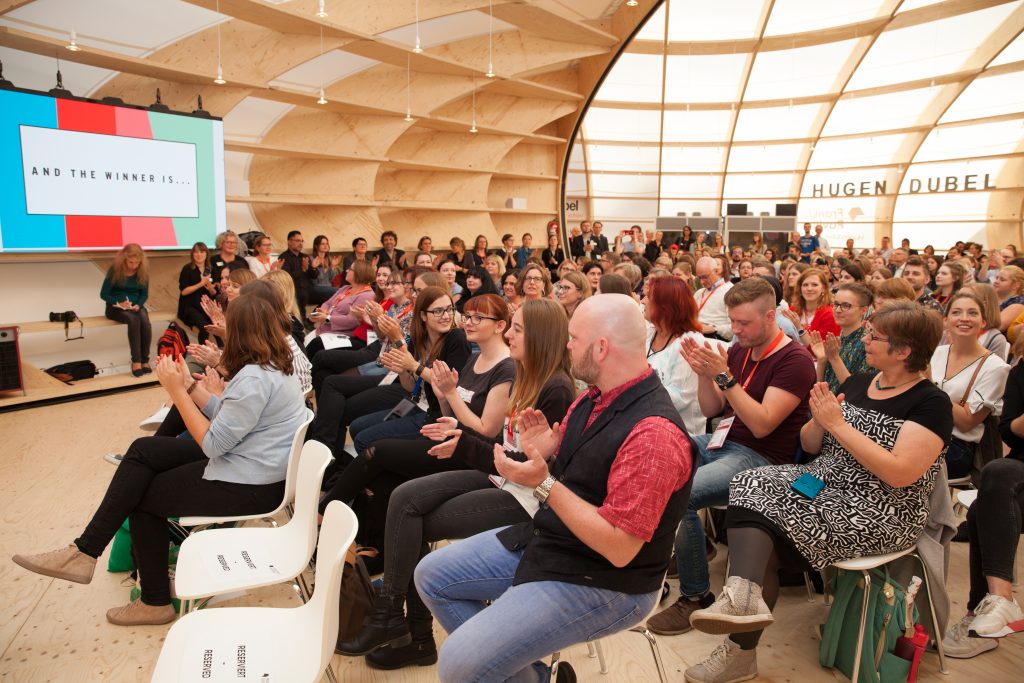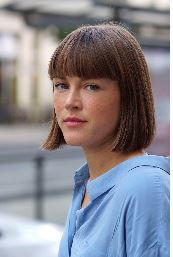How Berkley turned a debut novel into a smash hit using social influencer marketing
On NetGalley Insights, we highlight the successes of NetGalley publishers and authors, and share some of their strategies. Today, we’re talking with Jessica Brock, Senior Publicist & Digital Media Strategist at Berkley about The Kiss Quotient.
Published in May 2018, this modern romance featuring a heroine with Aspergers has been both well-reviewed and enthusiastically embraced by readers. And, it even has a movie deal!
One place that The Kiss Quotient really resonated was on social media. BookTubers posted video reviews and Bookstagrammers placed it in aesthetically pleasing shots. Jessica knew that putting The Kiss Quotient into the hands of social media influencers was going to be an important part of building its buzz. And, she even used the campaign as an opportunity to build her network of social media influencers! Learn more about her strategy in the interview below.
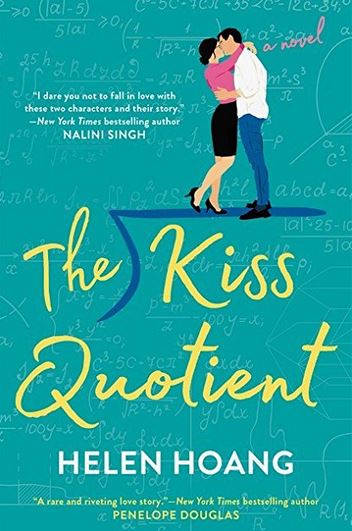
Tell us about your strategy for getting influencers excited about The Kiss Quotient.
Immediately upon finishing The Kiss Quotient I knew it was going to be something special. The first step for me was determining how to shout “READ THIS BOOK!” to the widest audience possible. This story isn’t just for traditional romance readers and I wanted to make sure people knew that. The campaign began with a cover reveal and excerpt on Bustle, hitting a key, younger female demographic. The cover popped, Helen’s personal stake in the story intrigued readers, and the excitement began.
After that, my main goal was growing steady interest in the book among bloggers, Bookstagrammers, and bookish influencers. Providing early galleys and e-galleys was a big part of that, as well as continual coverage on Berkley Romance’s social media platforms. This is a perfect example of “Oh, I’ve seen that!” publicity awareness. In my outreach to influencers, I talked about The Kiss Quotient like I would with a friend, with delighted squeals, OMG’s, and BAE’s included. I also specifically asked that they “help me tell the world about this book” via Twitter, Instagram, Goodreads, and Facebook. I didn’t have a platform preference because I wanted to reach as many readers as possible. I do think that Bookstagram played a major part though as the cover is quite ‘grammable. On a visually driven platform, The Kiss Quotient stands out beautifully.
How do you build relationships with influencers as a publisher?
One of my main responsibilities at Berkley is communicating and cultivating relationships with media contacts and influencers, in particular those who focus on romance. Romance bloggers are the backbone of the online romancelandia community and I absolutely love working with them. I send out two curated monthly newsletters to romance-focused bloggers and media contacts, chat with people on Twitter and Facebook, and generally try to keep up with what folks are reading, because romance bloggers are ravenous readers. We do our best to get them galleys as early as possible with the hope they will read and love our books and ultimately share reviews around the release dates.
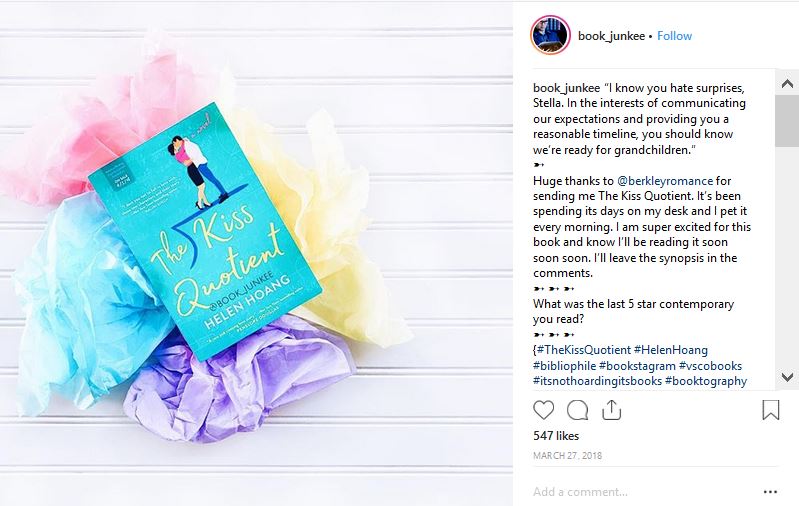
How did you let influencers know about The Kiss Quotient and how did you give them access to read it? What was your balance between proactive outreach and responding to requests?
I sent pre-approved NetGalley widgets to a large list of media contacts and influencers. [Widget invites accounted for 26% of all members with access on NetGalley, so this strategy was highly effective!]. I also sent out a number of print galleys in fun packaging (I love color coordinating!) that I hoped would encourage them to share images immediately on their social platforms, mainly Instagram as it is so visual. I knew the “Look how pretty” appreciation at the beginning would morph into the “Omg this book is amazing” attention as soon as they began reading and that they would share those thoughts on their social media as well.

Custom eblasts sent to NetGalley and BookishFirst members drew requests on NetGalley and previews on BookishFirst.
I also dedicated a lot of time to responding to requests for the book. There were numerous BookTubers and reviewers who requested The Kiss Quotient that I had never worked with before. Granting them access to the book and getting to know their channels and sites has been a great way to start successful working relationships with many of them. And I would be remiss if I didn’t mention the benefit of some light internet stalking! If someone posted about The Kiss Quotient on Instagram, I would check the comments to see if they were from other influencers that I could also approach for review or feature coverage and I did the same with Goodreads. Twitter searches also proved very useful as the title of this book is pretty unique so I could easily see who was talking about it without having to filter through a lot of non-book related posts.
Aside from working with social media influencers, what other strategies did you employ for The Kiss Quotient?
I secured a lot of mainstream media attention, including The New York Times, Entertainment Weekly, and Buzzfeed, which piqued other outlets’ interest in the book and Helen’s personal story. I highlighted The Kiss Quotient’s strengths, joined the excited conversations with early reviewers, and reached out to other authors whom I thought would love Helen’s book as much as I did. Support from fellow authors can make a significant difference in reader awareness and publicity opportunities.
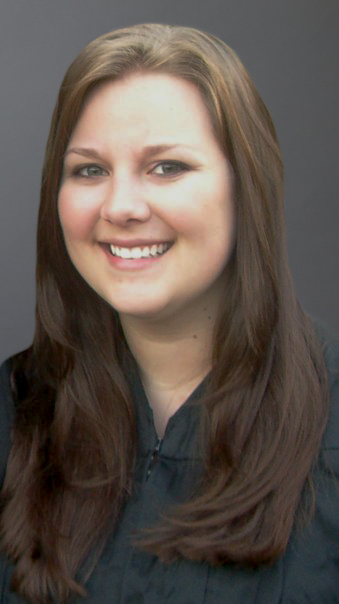
Jessica is a Senior Publicist and Digital Media Strategist at Berkley who manages the romance social media accounts and works with authors like Helen Hoang, Jasmine Guillory, Alexa Martin, Samantha Young, Uzma Jalaluddin, and more. A self-proclaimed Slytherpuffenclaw, she loves to read YA as well as romance and dark-and-twisty thrillers.
Interviews have been edited for clarity and length.
Check out the rest of our case studies here!

